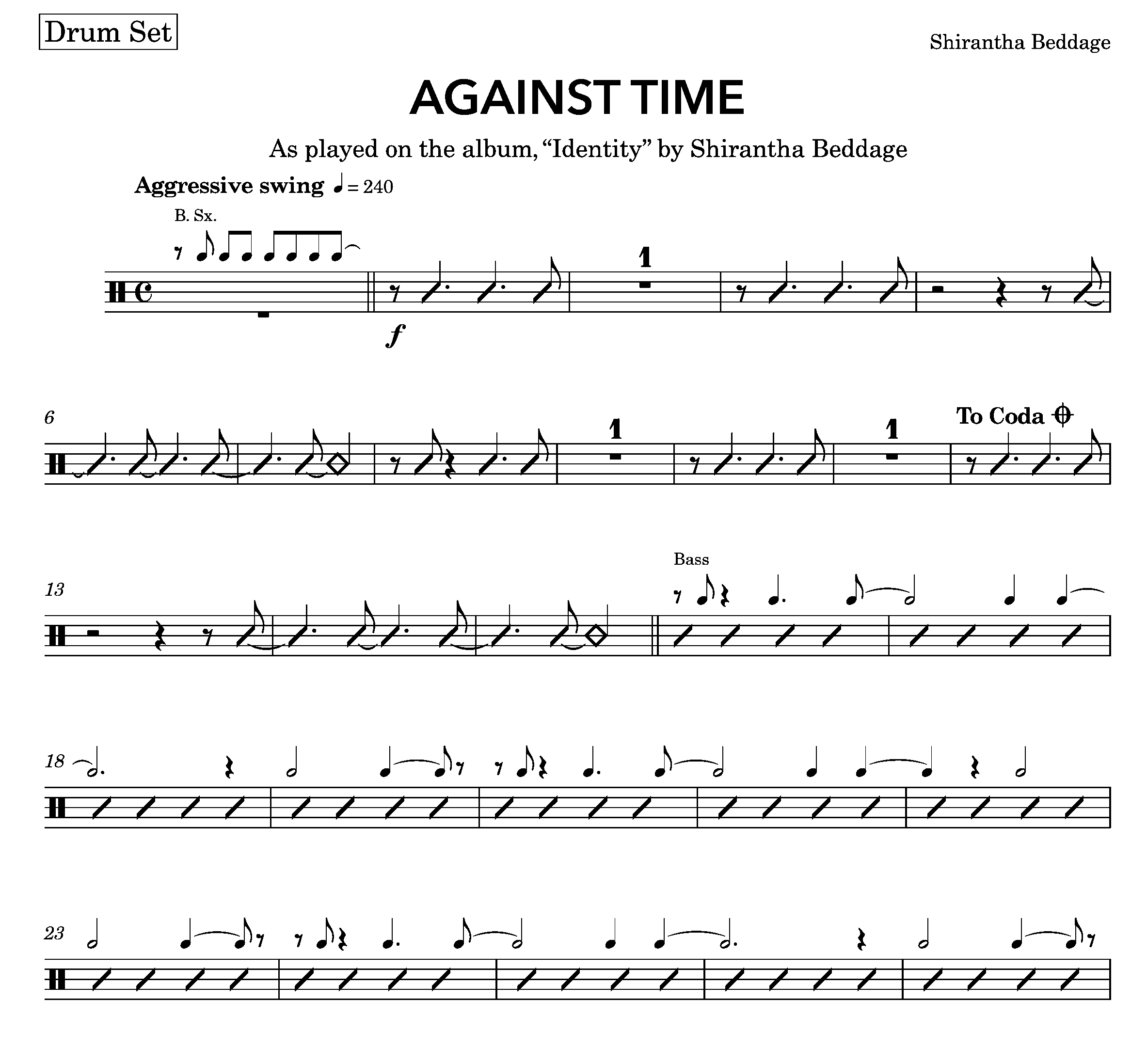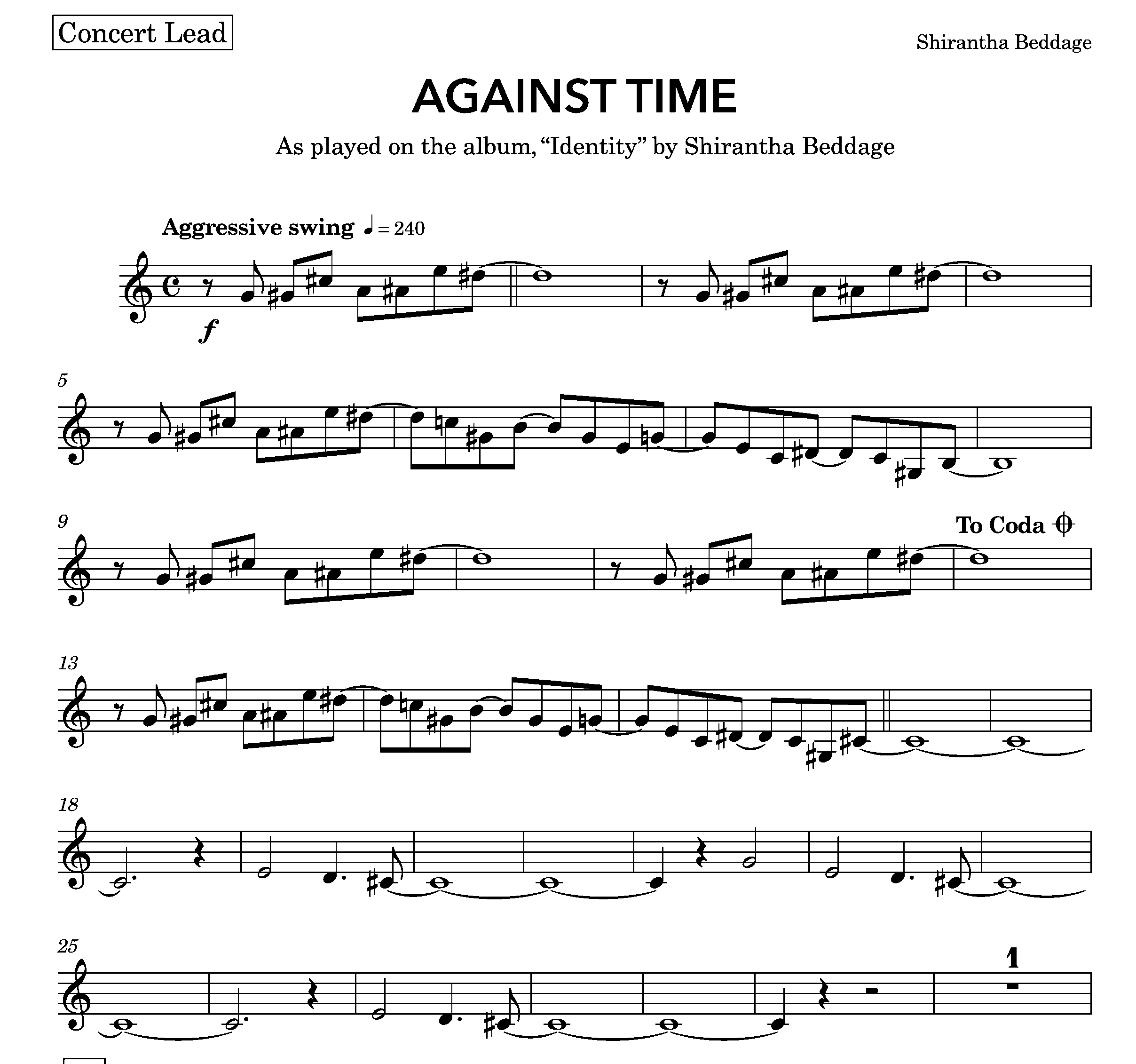Why I’m Switching to Dorico
Introduction
After 10 years of using Sibelius, and another 10-15 of Finale before that, I recently made the decision to switch to Dorico for my music notation needs. Here’s why.
This year, I’ve been experimenting with some new compositional techniques. Normally, when I write, I start my ideas at the piano. Through gradual repetition, I flesh out the idea, hand-write it, then transfer it to computer notation once it’s fully formed. But I wanted to try something new this year: starting an idea at the piano, then finishing the composition (while simultaneously orchestrating it) in software. To me, Sibelius and Finale aren’t really set up for that purpose; they are more useful for engraving and arranging, not composing. The difference with Dorico is that there are no parameters around your work; you can start a new file with no time signature, allowing you to write freely. You can even write in free meter, which is particularly useful for my transcription process.
Another composer-centric feature is Flows, which allow you to separate musical ideas into different sections of a document as you're composing. This can allow you to mix and match ideas very easily. It's also a nice feature for educators, who can use Flows to create questions on a homework sheet, for example.
The program seems much more fluid and musical than its competitors. I can't really explain why, but I find myself enjoying working in Dorico in a way that I haven't felt before. I'm not sure that I'm saving time, but I'm certainly having more fun!
Context
I use music notation software for composing, arranging, engraving, transcribing, and creating educational materials. I work on Mac (mostly, a 2020 M1 Mac Mini these days). I have no problem with Avid’s subscription model pricing, although I am infuriated with Avid’s licensing software (and I’m certainly not alone!). Dorico’s current pricing model (similar to Finale’s) works for me.
Finally, I am a Yamaha endorsed artist, and Yamaha owns Steinberg, the maker of Dorico. That said, this post is entirely independent: I am purely writing out of enthusiasm and interest, and for the benefit of others who have similar questions about Dorico. I purchased Dorico 4 in January 2023 with the standard educator cross-grade discount.
Note Entry
Dorico allows for all the standard note entry methods, including a QWERTY keyboard, MIDI instruments, pitch-before-duration, duration-before-pitch, and real-time recording. The latter is actually usable (not something I can say about Sibelius… yikes!), but I haven’t used that feature very much.
Here’s a glimpse into MIDI keyboard entry (duration before pitch). Note that rests are entered correctly, as you move along the grid with the space bar:
Dorico Note Entry video (2:53)
Dorico’s Extend Note command is also very useful, especially when paired with a foot controller like the Elgato Stream Deck Pedal, a device that I acquired and wrote about in December 2022. Here’s the pedal in action, complete with fun socks :) 🧦
Video of Stream Deck Pedal with Dorico for note entry (2:25).
Chord Symbols
Here’s where things get interesting. Dorico conceives chord symbols as system-attached, rather than staff attached. This means, when you enter a chord symbol on a single stave (in the score or a part), it’s instantly available to all instruments, either globally or in chord symbol / slash regions. An ideal use case: jazz arrangements for small or large ensemble, where the rhythm section would require chord symbols throughout, but the soloists would only need them during solo sections. In Dorico, this is trivial.
It’s at this point when I start thinking about speed, versus Sibelius or Finale. Sure, copying and pasting chords between staves is fast enough, but editing then becomes more time-consuming and susceptible to errors. Since Dorico links chord symbols between staves, if you make an edit in one staff (even in a part layout), the edit links immediately to all others. That really works for me.
Dorico does have some limitations in the area of chord symbol customization, though. It has a myriad options for symbols and styles which suit common conventions, but if you want to enter a more “esoteric” chord symbol you might be out of luck, at least for now. For instance, Ddim11(ma7) might be translated as Ddim11. Arguably, you could re-write this (more clearly?) as C#dim|Ddim, if you really wanted to be that specific.
Linked Cues and Dynamics
Continuing on the theme of links, Dorico links cues between parts as well. This is immensely useful as an arranger, as edits to the source material are immediately reflected in the cues. This is another nifty feature that will prevent editing errors.
Dynamics work in a similar way. If a group of instruments has a similar dynamic, editing one affects them all.


My personal favourite: Duplicate Layouts
As an educator and composer, I create a lot of lead sheets for concert and transposed instruments. I create templates for this use case (as you can do in other platforms), but the key here is Duplicate Layout, a feature found in Dorico’s Setup mode. This allows you to enter all musical information into the concert part. Once you've done that, all the other instruments will instantly have the same information, in the correct transposition and octave. No copy-paste required. Again, I don’t consider this to me a massive time-saver, but it certainly saves me from making errors as I compose, engrave or edit.


Keyboard Shortcuts
As a touch typist, I’m always interested to streamline my workflow with keyboard shortcuts. Thankfully, Dorico has a popover system of shortcuts which sensibly groups commands together: shift-B for barlines, shift-T for tempo text, shift-O for ornaments and so on. In general, I find these shortcuts intuitive and fast, without the need to memorize a long list of common commands, make a long cheatsheet, or rely on Keyboard Maestro macros.
Apart from the popovers, the Jump Bar (shortcut J) helps cover the rest; simply type a portion of the command, and Dorico will auto-complete it. You can also set text string shortcuts for these common commands; for instance, I’ve set Duplicate to Staff Below to “db”.
I am also using the Stream Deck, but sparingly. As you can see, I haven’t even filled up a whole screen of my 16-button controller yet, because I haven’t really needed to.
My Stream Deck Dorico profile. Pretty sparse! Note that the second row (blue buttons) emulates the Stream Deck Pedal profile.
More to explore: Play Mode
I have not extensively used the sound libraries, Play Mode, or the Key Editor at this point. The on-board sound samples are good: better than Sibelius, but not as good as NotePerformer. They are certainly good enough for my needs!
I also appreciate the ability to turn off playback. This prevents the dreaded “accidentally hit the P button and it starts playback from bar 1” issue. Thank you, Dorico!
So, should you switch?
That’s a tough one! It depends. If you’re starting out with music notation, and your intention is to primarily write smaller projects (eg. lead sheets or short pieces), then you could try Dorico SE, a simpler version of Dorico Pro. There are other great options besides Dorico as well; if you need more info, this 2021 video from Scoring Notes has a more in-depth discussion.
The paid notation software programs are more full-featured, and have the advantage of multiple workflow improvements, which are especially handy for larger projects. For those interested in the full version, I recommend downloading a free trial of Dorico Pro and giving it a whirl. I mastered the basics in about a week.
I also found the Discover Dorico YouTube series extremely helpful, as well as the Steinberg user forums.
I hopes this helps clarify my thought process, and some reasons why you might consider switching. Please let me know if you have any questions!
Purchase my Original Sheet Music
Visit my online store for more information.


